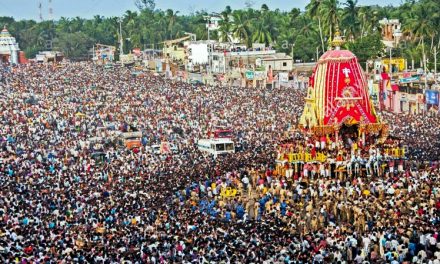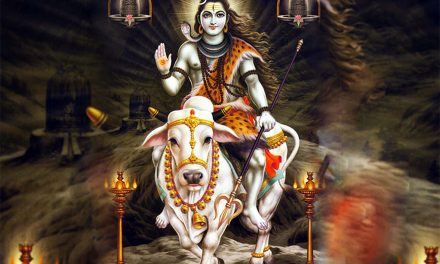Amongst India’s innumerable festivals, Holi ranks as the most colourful. It celebrates the arrival of spring and death of demoness Holika; it is a celebration of joy and hope. Holi provides a refreshing respite from the mundane norms as people from all walks of life enjoy themselves.
In a tight knit community, it also provided a good excuse for letting off some steam and settling old scores, without causing physical injury.
Holi continues to be celebrated with great vigour through out India. Countless Hindi films have brought the vibrant colours of the festival to the screen. Indians all over the world eagerly await the Festival of Colours, as bonfires are lit to banish the cold dark nights of winter and usher in warmer spring. Dhuleti, day after Holi, is the actual festival of colours, when everything in sight is covered in a riot of colours.
The festival of Holi begins on Duwadashi – on the twelfth day of the waxing moon of the month of Phalgun. Spirits run high as the preparations for the festivities begin, as a custom, mothers make new clothes for their married daughters. Coloured powder (Gulal) is bought and prepared, long syringes called ‘pichkaris’ are made ready and water balloons are bought and filled. Preparations are made to cook the special food items that exclusively meant for this festival.
Twin towns of Nandagow (where Lord Krishna grew up) and Barsana (where Shri Radha grew up), near Mathura, are the epicentre of the celebrations. Lord Krishna, while growing up in Vraj, popularised the festival with his ingenious pranks. Gopies of Vraj responded with equal enthusiasm and the festivities have continued ever since. Role reversal, feminism etc. are accepted customs for the duration of the festival! Men and women of Vraj clash in a colourful display of battle of the sexes. Celebrations start a week earlier than rest of India. Men of Nandagow raid Barsana with hopes of raising their flag over Shri Radhikaji’s temple. They receive a thunderous welcome as the women of Barsana greet them with long wooden sticks. The men are soundly beaten as they attempt to rush through town to reach the relative safety of Shri Radhikaji’s temple. Men are well padded, as they are not allowed to retaliate. In this mock battle the men try their best not to be captured. Unlucky captives can be forcefully lead away, thrashed and dressed in female attire before being made to dance!!
The festival moves on to other parts of Vraj. Soon enough, it is Dhulati and entire India celebrates the joys of spring as the “festival of colour”.
The colourful festival is celebrated in most parts of India during February-March (in the month of Phalguna according to the Hindu calendar). The celebrations vary depending on region and local traditions but the common part is exchange of colours.
According to the legend Hirankashyap was a very powerful Devil. In his fight against the Gods he had defeated the Gods and because of this he became very egoistic and had issued an order that no one should pray to God or even take the name of God. Due to fear people started praying him. His son Pralhad was a true devotee of God. He didn’t obey his father’s order. Hirankashyap got angry on him and order for the most rigorous punishments to him. But this did no harm to Pralhad. Hirankashyap had a sister by the name of Holika. She had been granted a boon that fire will do no harm to her. Hirankashyap ordered Holika to take Pralhad on her lap and sit on a bed of fire. Holika was burnt in the fire and Pralhad survived with no harm done to him. As a remembrance to that event, people celebrate Holi by burning wood and pray to Goddess Holi for their well-being.













